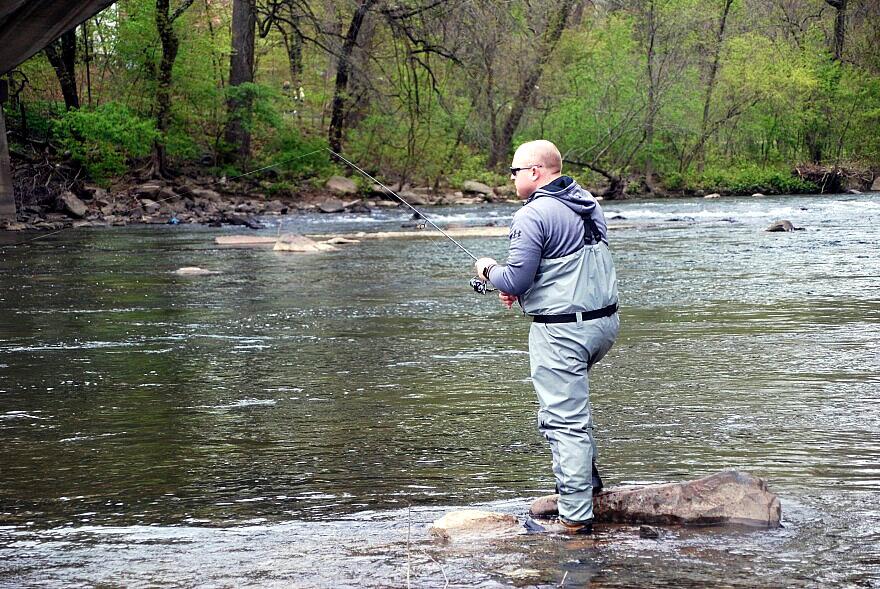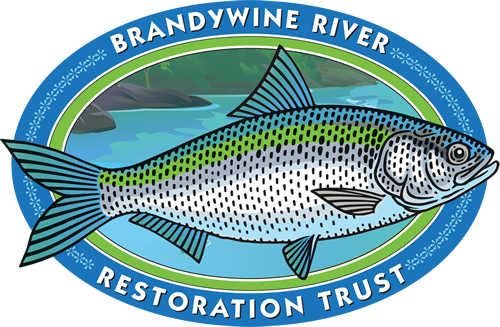A Beginning
For the first time in more than 100 years, American shad are spawning in the Brandywine River at Wilmington, validating an ongoing campaign to remove or modify dams so that the iconic fish can eventually return to their historic spawning grounds upstream.
In July 2020, hundreds of juvenile shad and three adults were netted upstream of the site of the West Street Dam which was removed by the City of Wilmington in 2019, allowing the fish to migrate further than had been possible since the dam was built in 1903.
The presence of the young fish in larger-than-expected numbers was a major boost for the campaign to remove or modify all 11 Delaware dams on the Brandywine River, so that fish can migrate freely for the first time since the first dams were built to power grain mills as long ago as 1740. The presence of so many juveniles so soon after the first dam was removed shows that the dam-removal project is really working.
The return of shad to the Brandywine is expected to strengthen and diversify the river’s overall ecology. The fish eat plankton, and are in turn eaten by larger species like striped bass. The renewed presence of the American shad as well as other migratory fish is also expected to attract more avian predators like bald eagles and osprey. After spawning, their decomposing bodies add nutrients to the water. LEARN MORE
The Opportunity
As fish passage improves along the Brandywine River, angling opportunities will increase. Additionally, fish passage will benefit multiple fish species by allowing access to various habitat types by increasing biodiversity through aquatic connectivity. Species such as striped bass, smallmouth bass, carp, perch and various sucker and minnow species will redistribute up and down the river and seek out various habitat types at specific times of the year. Dam modification or removal can enable up to 80 percent of fish to pass through, according to research. In 2015, a University of Delaware study estimated that removal or modification of all the Brandywine dams would produce some 26,000 shad.


Removal of the West Street Dam (Dam 1) by the City of Wilmington in 2019
The Approach
Brandywine River Restoration Trust has taken a stepwise, programmatic approach based on implementing fish passage sequentially from the furthest downstream (Dam 2) to the furthest upstream dam in Delaware (Dam 11). Priority I work includes dam removal or fish passage at dams 2–6. Priority II work includes dam removal or fish passage at dams 7–11. The work to achieve fish passage for Priority I dams 2–6 is further organized into two phases:
Phase 1 work included drafting of preliminary engineering designs, hydrologic studies, development of construction approaches, consultation with contractors regarding dam removal, engagement with landowners, identification of utility conflicts and permitting consultation. The result is a synthesis of fish passage options at low-head dams, alternatives analysis for each dam, discussion of feasibility of each alternative and cost estimates based on contractor bids.
